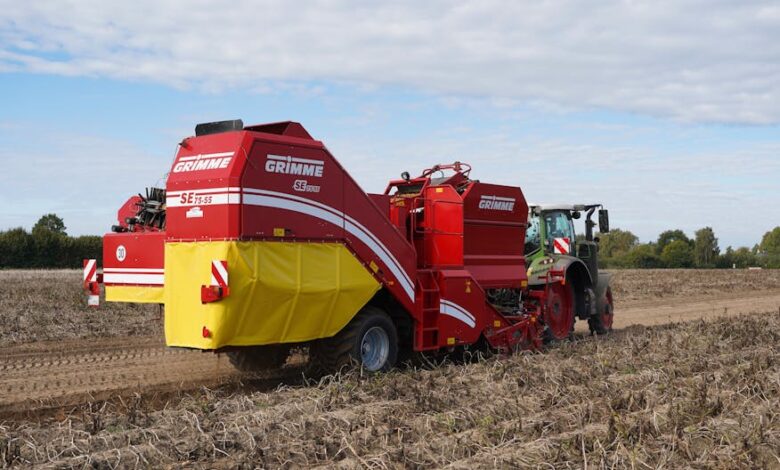The Evolving DNA of a “Tech” Career

Remember when a Computer Science degree felt like a golden ticket to a tech empire? For decades, it was the closest thing to a guaranteed path toward innovation, high salaries, and a stable, challenging career. Parents encouraged it, students pursued it with vigor, and the industry eagerly awaited graduates. But just as we thought we had the future of tech education mapped out, a new, transformative force has reshaped the landscape: Artificial Intelligence.
AI isn’t just another tool; it’s a paradigm shift. It’s changing how we work, how we live, and crucially, what skills are most valuable. For today’s high school STEM students, this means the traditional roadmap to a tech career is being redrawn in real-time. The ambition isn’t just to “code things” anymore; it’s to blend computing prowess with analysis, interpretation, ethical reasoning, and a deep understanding of data.
This isn’t to say computer science is obsolete – far from it. Instead, its definition is expanding, becoming more nuanced, and significantly more interdisciplinary. So, what does this mean for the next generation of innovators still navigating their high school corridors, pondering their college applications, and dreaming of making their mark?
The Evolving DNA of a “Tech” Career
The “cozy career in tech” once promised by a pure computer science degree is now something far more complex and exciting. AI has pushed us beyond the binary world of algorithms and software development into a realm where the lines between disciplines are blurring. Suddenly, understanding human psychology is as crucial as understanding Python syntax when designing an AI interaction.
Consider the explosion of fields like AI ethics, data science, computational linguistics, and even AI-driven drug discovery. These aren’t just niche areas; they are becoming central to the tech industry’s future. They demand individuals who aren’t just proficient in coding, but who can interpret massive datasets, understand the societal implications of their creations, and communicate complex ideas across different domains.
Beyond Coding: The Rise of Interdisciplinary Skills
For high schoolers looking at STEM, this translates into a need for a broader educational diet. Simply excelling at AP Computer Science is a great start, but it’s no longer the entire story. Students are increasingly finding value in subjects that might once have seemed tangential to a tech career.
Think about a student fascinated by AI. They might still need strong programming fundamentals, but they’ll also benefit immensely from advanced statistics to understand machine learning models, philosophy to grapple with ethical AI, psychology to design user-friendly AI, or even biology to work on AI applications in health. The modern tech professional is a polymath, or at least someone deeply comfortable collaborating across disciplines.
A New High School STEM Curriculum Emerges
This industry shift is, albeit slowly, trickling down into high school curricula. Forward-thinking educators and institutions are recognizing that preparing students for the AI era means more than just adding an introductory Python class. It means rethinking how traditional subjects are taught and what new skills are prioritized.
We’re seeing a greater emphasis on data literacy, even in subjects like history or English, where students might analyze large text corpora or historical data. Critical thinking about information sources – a skill always important – becomes absolutely paramount when confronted with AI-generated content or complex algorithmic outputs.
Data Literacy as the New Fundamental
If coding was the language of the internet age, then data literacy is the language of the AI age. High school students are now being encouraged to understand how data is collected, analyzed, visualized, and interpreted. They’re learning to differentiate between correlation and causation, to recognize bias in datasets, and to understand the power – and pitfalls – of predictive models.
This isn’t just about spreadsheets; it’s about equipping students with the tools to question, to validate, and to extract meaningful narratives from the ocean of information AI processes. Statistics, once a niche elective, is becoming a core component for any student eyeing a STEM path, interwoven with practical applications that show its real-world relevance in an AI-driven world.
Embracing AI Tools, Not Just Building Them
Another significant change is how students interact with AI itself. It’s no longer just about learning to *build* an AI algorithm from scratch (though that remains a valuable skill for specialists). It’s also about learning to *leverage* AI tools responsibly and effectively in their daily studies and future work.
From AI-powered research assistants that help synthesize vast amounts of information, to code-completion tools that streamline software development, to generative AI for creative projects – students are becoming proficient users of AI. This means understanding the capabilities and limitations of these tools, and critically assessing their output, rather than blindly trusting them. It’s about becoming a skilled “AI whisperer,” able to prompt, refine, and utilize these powerful new cognitive extensions.
Preparing for an Unpredictable Future: Skills That Matter Most
The beauty and challenge of AI is its rapid evolution. What’s cutting-edge today might be commonplace tomorrow. This makes future-proofing education incredibly difficult. So, rather than focusing solely on specific technologies, the emphasis is shifting towards cultivating adaptable skills and a flexible mindset.
Critical Thinking and Problem-Solving Redux
In a world where AI can handle routine tasks and process information at incredible speeds, the human capacity for critical thinking and complex problem-solving becomes even more invaluable. Students need to be able to identify problems that AI can’t solve, formulate novel approaches, and evaluate the ethical implications of their solutions. This isn’t just about knowing facts; it’s about knowing *how to think* deeply and creatively.
The Human Element: Creativity, Ethics, and Collaboration
Perhaps the most profound shift is the renewed appreciation for uniquely human attributes. Creativity, empathy, emotional intelligence, ethical reasoning, and the ability to collaborate effectively across diverse teams are skills that AI cannot replicate. These are the superpowers of the AI age.
High school STEM education is now tasked with fostering these qualities alongside technical proficiency. Group projects, debates on AI’s societal impact, design thinking challenges, and opportunities for creative expression are becoming essential components, ensuring students emerge not just as skilled technicians, but as thoughtful, responsible, and truly innovative human beings.
Embracing the AI Revolution in Education
The AI revolution isn’t just transforming industries; it’s fundamentally reshaping our educational priorities for high school STEM students. The journey ahead is less about following a single, predefined path and more about building a versatile toolkit of interdisciplinary knowledge, critical thinking, and distinctly human skills. It’s an exciting time, demanding adaptability and a willingness to learn continuously. For the next generation, a career in tech won’t just be about building the future; it will be about thoughtfully, ethically, and creatively shaping it, one complex, AI-augmented problem at a time.





